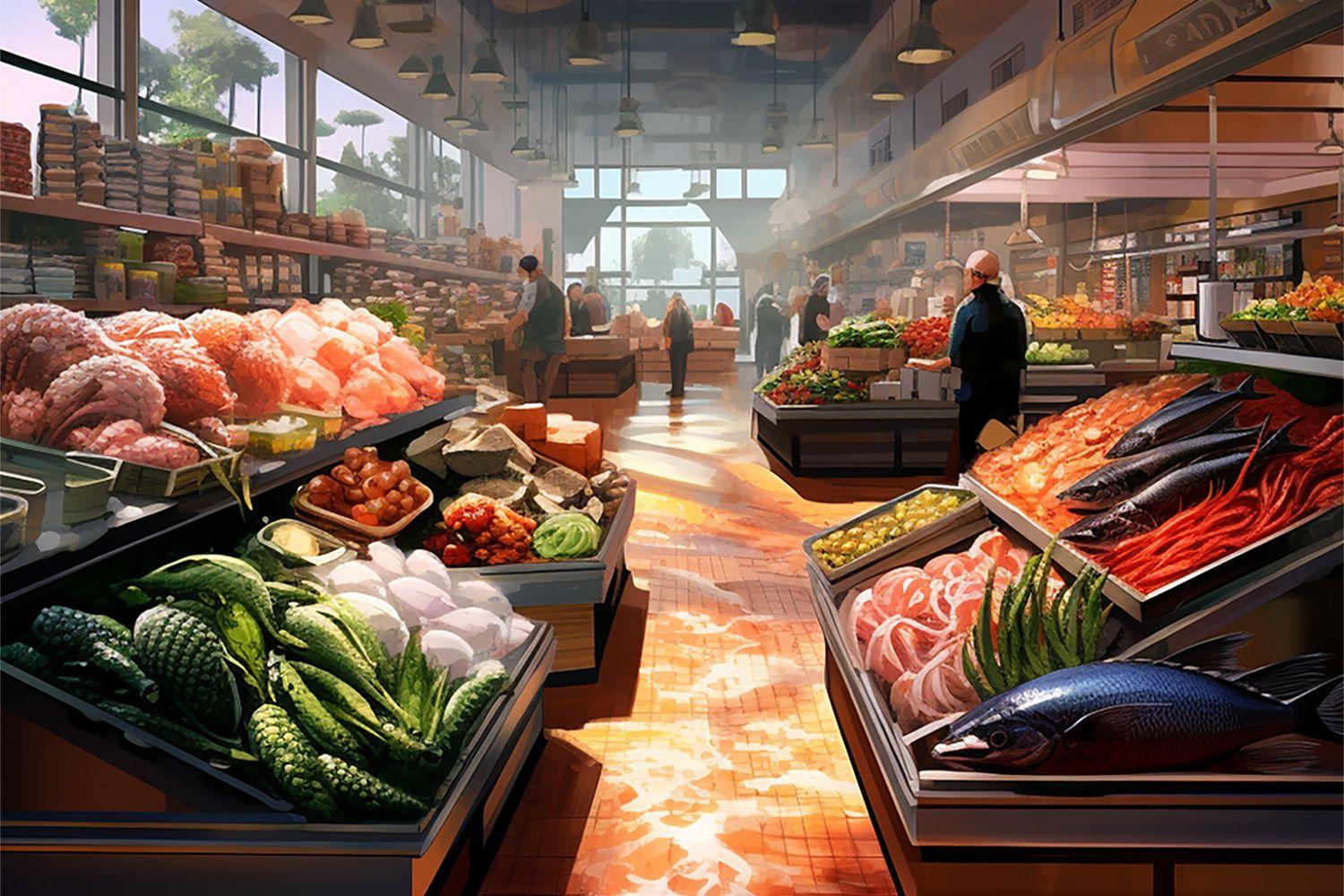Some time ago I had a talk with one of the owners of La Guerrerense, a restaurant chain originally founded in Ensenada, Baja California. La Guerrerense became famous for its original dishes prepared by chef Sabina Bandera. Family-owned, the business has been able to grow and maintain the preference of consumers who visit Ensenada. In the talk about the considerations for including sustainable fishing in the operation, my interviewee told me that his clients never asked for fish and seafood certified by a sustainability seal or anything like that. Basically, they operated by focusing first on the quality of the product: that it is a product close to the area with a few hours of being fished and that it was, of course, of legal origin. The latter more because the business is in good standing than at the request of customers.
The logic of the owners of La Guerrerense apparently makes perfect sense. They meet what the consumer is looking for: high quality fresh products. They do not need to go further to make progress in including certified products or products from producers working to improve the sustainability of fishing in their menu. For example, certified shrimp from certified Fair Trade fishing or from aquaculture such as BAP (Best Aquaculture Practices). Although we can talk a lot about this among those convinced of the importance of environmental sustainability, when it comes to maintaining a business and making it look blue, the consumer rules and if they don't require it, then it's not something indispensable in the operation.
However, there is another relevant aspect here. Suppose that a consumer goes to a restaurant and sees a menu, where some of the products being handled come from good fishing practices that may even have a certificate to support them. However, that menu does not tell you anything about the sustainability characteristics of that fish that you are going to eat. You can imagine some of its flavor, and of course see the price, but that's it. Since these other qualities are not visible to the customer, products with better environmental and social practices start competition at a disadvantage, where only what people see at their table tells them something, not the history of their production and management of that fish or seafood they are going to consume.
From sight, love is born, they say, over there. A first step in a consumer's buying decision is to know that you exist and what sets you apart from the competition, so that you can then evaluate options and decide what to buy. Let's imagine that once again a consumer enters La Guerrerense and sees that part of the food on the menu comes from sources of more environmentally and socially responsible management, perhaps with a higher price. There at least the consumer will have the option of deciding whether to pay that price differential for this product.
In this regard, consumers should be able to better appreciate the importance of directing food production towards more sustainable management. The task as a seller is not only to put the product on the menu, but to work on highlighting its values as a product. One way to do this is to play a more active role in marketing with a sustainability perspective. In this regard, Diane Martin and John Schouten mention in their book on sustainable marketing that it is not only about satisfying what the customer has in mind, but also considering that the work of promotion, communication and sale must be on the side of nature and society. For example, in our case, having a more active sustainable marketing effort on the part of restaurant and supermarket chains that participate in the retail sale of fish and seafood and that are the channel through which many consumers learn about the offer of these products. For example, the restaurant chain Sonora Grill has a sustainable fishing section on its menu and there are restaurants like Contramar in Mexico City, to name a few, but these initiatives are still very scarce.
Obviously, the qualities mentioned to the consumer under this approach promoted by restaurants and supermarket chains must be real and not a mere greenwashing to position a sales strategy. Certification schemes, as well as close collaboration between producers, marketers and civil organizations working in this area and product traceability help to give credibility and transparency to these efforts for the final consumer. In addition, we must not forget that there are still limited producers who have management practices under certification or continuous improvement schemes in the area of fish and seafood, as indicated by COMEPESCA in its map of sustainable fishery and aquaculture products. But, as there is greater consumer demand, such efforts could increase.
The force of marketing is capable of leveraging the work of selling products, as has been shown in countless cases, often with negative impacts on the environment and society. At the present time, we must make responsible use of it to support changes in our production and food systems that benefit the planet and people, of course with better standards of transparency along the value chain.
Sustainable products will always have to compete in quality and price, at least with a more responsible marketing strategy and with more information, so that the consumer is more aware of the additional benefits offered by these products. Something that at the moment is still scarcely implemented by final sellers, whether restaurants or supermarkets in Mexico. This may change in the following years, hand in hand with producers, distributors, sellers and, finally, the consumer. The planet and society require it.



Comentarios (0)